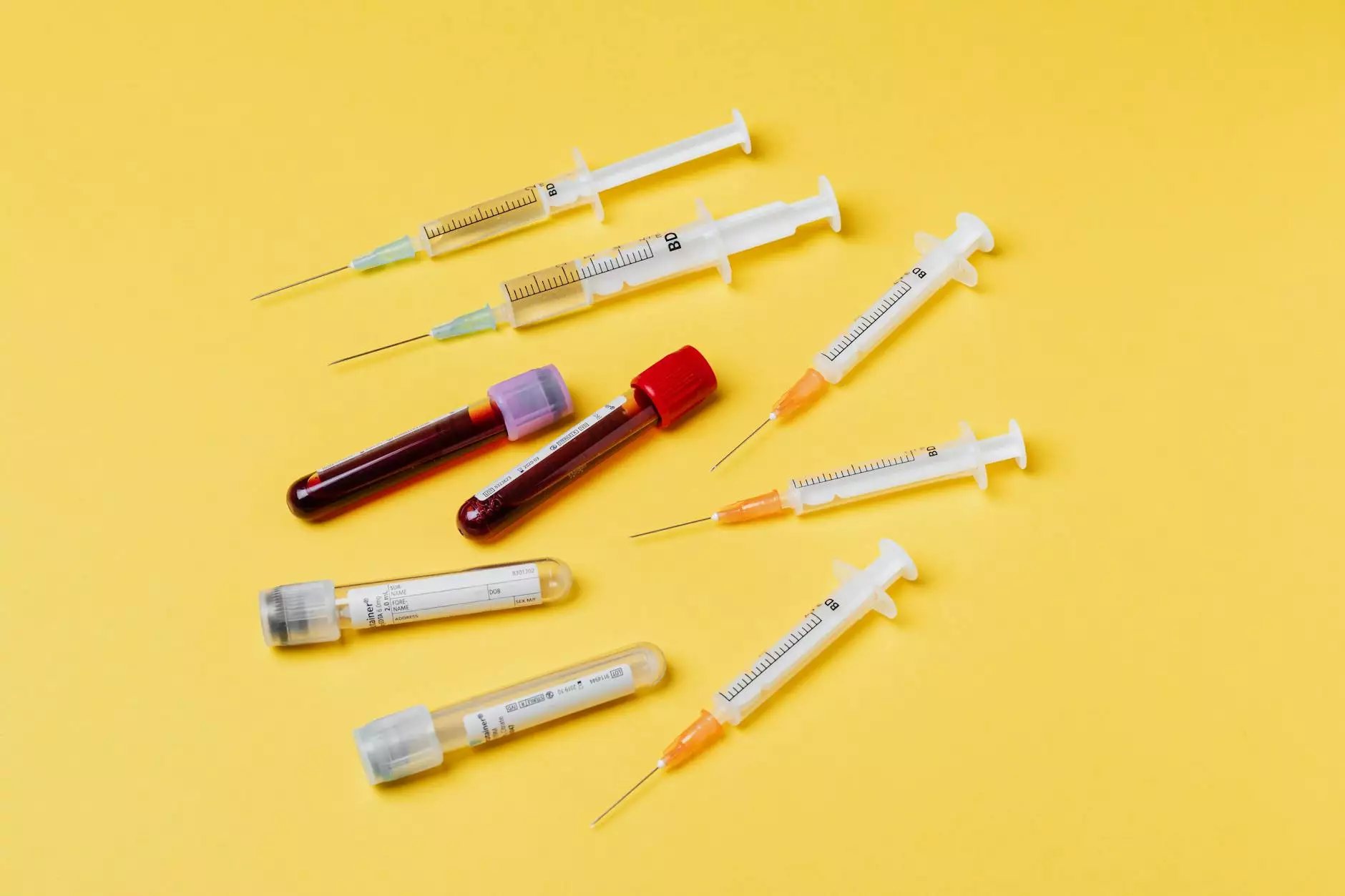The Importance of Medical Instrument Detergent in Healthcare

In today's healthcare environment, the significance of maintaining hygiene cannot be overstated. The rise of infections and diseases that can be transmitted through contaminated medical instruments underscores the need for effective cleaning solutions. Medical instrument detergent plays a vital role in ensuring that all medical tools and instruments are not only visibly clean but also free from harmful pathogens. This article aims to provide an in-depth understanding of medical instrument detergents, their importance in healthcare settings, and best practices for their use.
What is Medical Instrument Detergent?
Medical instrument detergent is specifically formulated to clean and decontaminate surgical instruments, diagnostic devices, and various healthcare tools and equipment. These detergents are designed to break down organic material, remove debris, and aid in the disinfection process, thereby preventing the spread of infections in medical facilities.
The Role of Medical Instrument Detergent in Infection Control
Infection control is a critical aspect of patient safety in healthcare settings. The use of effective cleaning agents, especially medical instrument detergent, is fundamental in achieving this goal. Here’s how:
- Removal of Organic Matter: Blood, tissue, and other organic materials can harbor bacteria and viruses. Detergents help dissolve these substances, making it easier to remove them from instruments.
- Better Efficacy of Disinfectants: Clean instruments are more effectively disinfected. Using the right detergent ensures that subsequent disinfection or sterilization processes work optimally.
- Reduction of Healthcare-Associated Infections (HAIs): By maintaining proper hygiene through effective cleaning procedures, healthcare facilities can significantly reduce the incidence of HAIs.
Types of Medical Instrument Detergents
There are several types of medical instrument detergent, each formulated for specific cleaning needs:
1. Enzymatic Detergents
Enzymatic detergents contain enzymes that break down complex organic materials such as blood, proteins, and other biological substances. They are ideal for cleaning delicate instruments, as they can effectively remove soil without damaging the surfaces.
2. Non-Enzymatic Detergents
These detergents rely on surfactants and other cleaning agents to remove dirt and organic matter. Non-enzymatic detergents are often used for cleaning heavily soiled instruments and are suitable for general cleaning purposes.
3. Alkaline Detergents
Alkaline detergents are effective in breaking down fats and oils. They are commonly used for cleaning surgical instruments that may have been exposed to oils, greases, or non-removable residues.
How to Choose the Right Medical Instrument Detergent
Selecting the right medical instrument detergent is essential for effective cleaning and decontamination. Here are some important factors to consider:
- Compatibility with Instruments: Ensure the detergent is suitable for the specific materials of the instruments, whether they are stainless steel, plastic, or other materials.
- Cleaning Efficacy: Choose a product known for its efficacy in removing bio-burden and other contaminants.
- Ease of Use: Look for detergents that are easy to dilute and apply, and that suit the cleaning protocols of the facility.
- Regulatory Compliance: Select detergents that meet the standards set by regulatory bodies such as the FDA or EPA.
Best Practices for Using Medical Instrument Detergent
To ensure optimal cleaning results, it is important to follow best practices when using medical instrument detergent. Here are some key steps:
1. Pre-Cleaning
Immediately after use, instruments should be rinsed to remove visible debris. This initial rinse is vital in preventing the drying of organic matter, which can make cleaning more difficult.
2. Dilution and Application
Always adhere to the manufacturer's instructions regarding the proper dilution of the detergent. This ensures that the cleaning solution maintains its efficacy and minimizes potential damage to instruments.
3. Soaking and Scrubbing
Instruments should be soaked in the cleaning solution for the recommended amount of time, followed by thorough scrubbing with soft-bristle brushes to remove any stubborn debris.
4. Rinsing and Drying
After cleaning, instruments should be rinsed with sterile water to remove any detergent residues. They should then be dried properly to prevent corrosion and contamination.
Benefits of Medical Instrument Detergent
The benefits of using medical instrument detergent in healthcare facilities are numerous:
- Enhanced Safety: Proper cleaning of instruments significantly reduces the risk of infection transmission.
- Cost-Effectiveness: Investing in quality cleaning products can prolong the life of medical instruments through proper maintenance.
- Improved Compliance: Following established cleaning protocols helps ensure compliance with healthcare regulations and standards.
- Confidence and Trust: Patients are more likely to trust healthcare facilities that demonstrate a commitment to cleanliness and safety measures.
Conclusion
The use of medical instrument detergent is an integral component of modern healthcare practice. By understanding the types of detergents, following best practices, and recognizing their benefits, healthcare providers can ensure a safer environment for both patients and staff. As infection control continues to be a priority in healthcare, the importance of effective cleaning solutions like medical instrument detergents cannot be underestimated. Proper training and adherence to cleaning protocols will ensure that every healthcare facility operates at the highest standards of hygiene and safety.
References for Further Reading
- CDC Infection Control Guidelines
- American Hospital Association on Cleaning and Disinfecting
- FDA Guidelines on Cleaning Medical Devices



